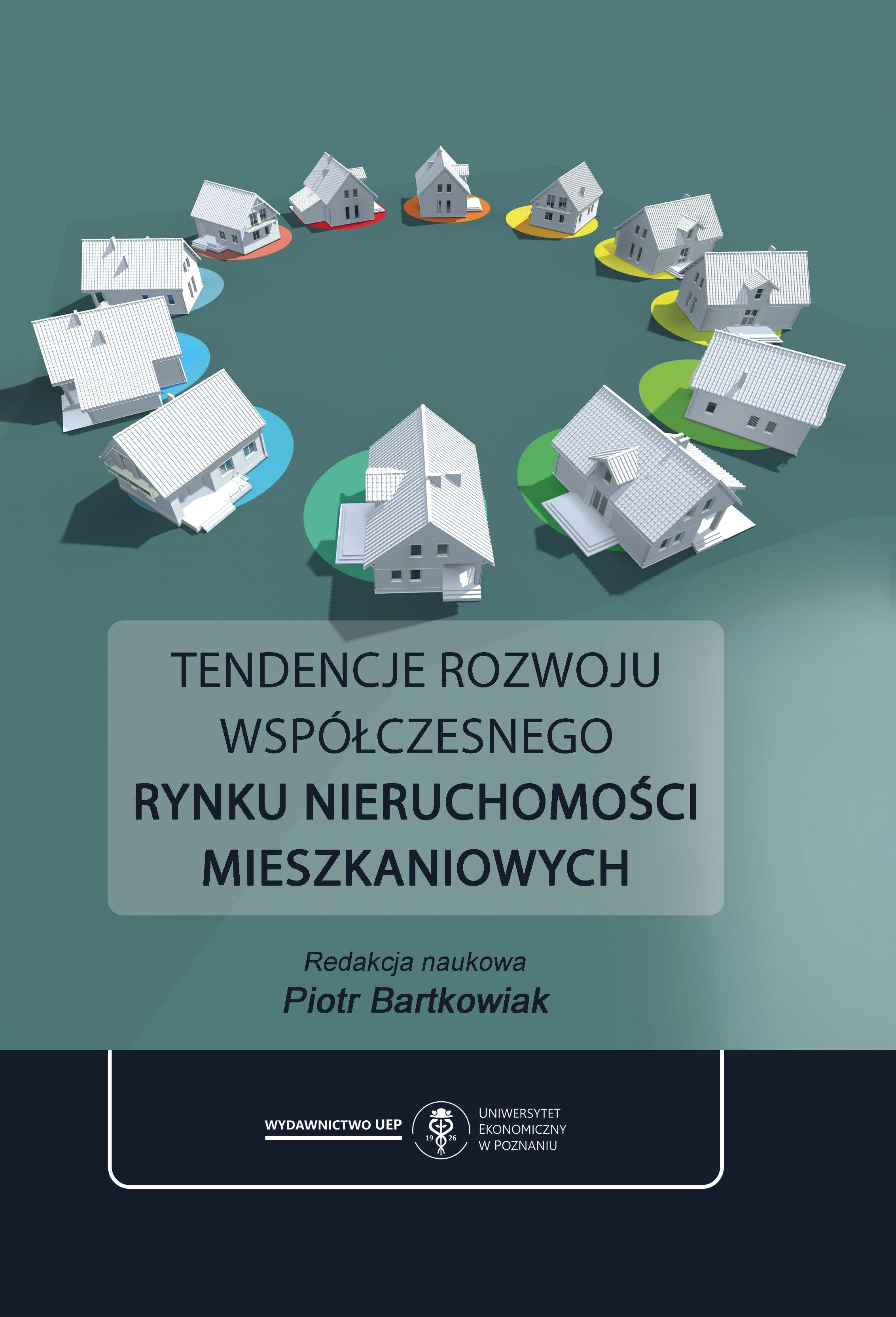Równoważenie funkcji mieszkaniowej w obszarach dużych miast
Balancing the housing function in large cities
Author(s): Agnieszka Mrozińska
Subject(s): Politics, Economy, Business Economy / Management, Micro-Economics, Public Administration, Economic policy, Social development, Economic development, Socio-Economic Research
Published by: Wydawnictwo Uniwersytetu Ekonomicznego w Poznaniu
Keywords: suburbanizacja;funkcja mieszkaniowa miasta;obszary podmiejskie;aglomeracja poznańska;Poznań;
Summary/Abstract: Purpose: The aim of the study is to assess spatial cohesion of suburban areas in terms of balancing the volume of housing functions and accompanying functions in the gminas (communes) of the Poznań agglomeration in the years 2012–2016, based on the analysis of the functions of buildings under construction. Design/methodology/approach: The author has conducted the following tasks: reviewing the literature on suburbanisation processes, in particular in the Poznań agglomeration; performing a statistical analysis on the basis of data from Statistics Poland (GUS); assessing the volume of construction activity performing various functions in the area of the Poznań agglomeration; indicating the main function of newly constructed buildings and analysing measurable characteristics depicting the scale of construction activity, including the number and usable floor area of buildings or the number of dwellings (in the case of the residential function); assessing the relativised characteristics relating to the area and population numbers. Findings: The processes of suburbanisation and the implementation of the residential function are spatially diversified in the Poznań agglomeration. The balance of the housing and supplementary functions differs in individual gminas of the area under analysis. The relation between the usable area of newly completed buildings intended for non-residential purposes (supplementary functions) to the usable area of newly completed buildings intended for residential purposes in the Poznań agglomeration reflected the situation that took place all around Poland. The balance of the residential and supplementary functions depends on the following factors: the state of spatial development in the past (e.g. the presence of land that could be transformed for the needs of a new function), the existence of environmental or administrative development barriers (e.g. marshy ground, military training ground), thecurrent scale of the occurrence of individual functions (e.g. the degree of market saturationwith commercial space) or their location on important transport routes. Originality and value: In the face of the inevitability of the development processes, changing the spatial structure of areas surrounding large cities is a challenge for present and future generations, and in particular for local authorities. Even today, we may observe spatial changes affecting rural and rural-urban gminas neighbouring large cities. Under the pressure of the suburbanisation process, the developed residential function in such gminas forces them to take care of other functions that rural areas (so far unprepared to provide most ofthe functions characteristic of cities) perform or will perform in the future.
Book: Tendencje rozwoju współczesnego rynku nieruchomości mieszkaniowych
- Page Range: 34-52
- Page Count: 19
- Publication Year: 2022
- Language: English
- Content File-PDF

